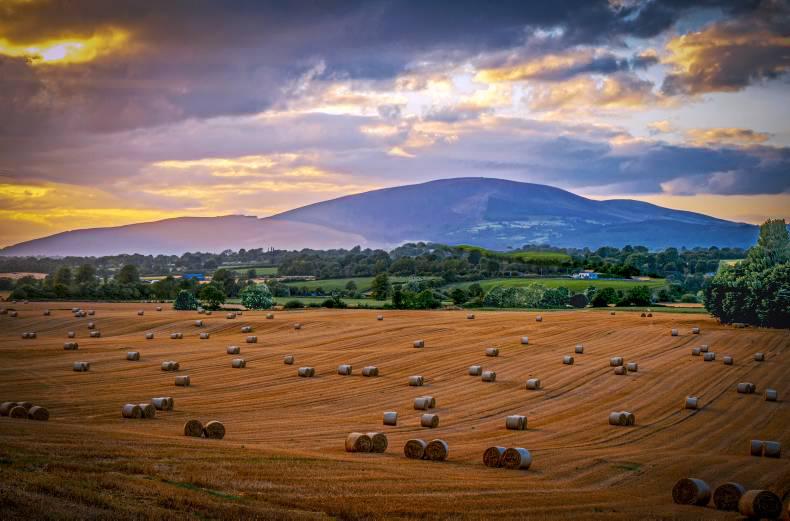Teagasc envisages there will be 1,500 full-time tillage farmers in the country by 2025 producing close to 60% of the total output from the sector. A further 11,000 will be involved in cereal or energy crop production at some level but it will not be their only enterprise.
Teagasc believes annual forage crop production in Ireland has the potential to increase as dairy farmers expand with restricted individual farm land bases. As well as this, the use of energy crops in Ireland also has significant potential to grow as a biomass feedstock.
A total of 2,000 to 2,500ha of energy crops such as miscanthus and willow are currently planted in Ireland and there is room for growth in this area. However, Teagasc says that any growth in energy cropping in Ireland will be heavily dependent on Government support, as well as on external factors such as the price of energy.
At the moment, energy crops are harvested primarily for use in Edenderry power station in Co Offaly. Increasing the use of renewable energy crops as a biomass feedstock is already a part of Government policy but Teagasc says a greater incentive in this area could help reinvigorate the energy crop sector.
Yield improvement
Teagasc has set new yield targets for the tillage sector to aim for by 2025. The advisory body believes the average national yield for spring barley will increase from 6.8t/ha at the moment to 7.4t/ha by 2025, with the top 50% of producers achieving yields of 7.7t/ha.
Similarly for winter wheat, Teagasc sees average yields increasing from 9.2t/ha at present to 10.2t/ha by 2025, with the top growers achieving yields of 10.5t/ha.
Teagasc is forecasting that income for tillage farmers will remain challenged as it sees prices remaining generally low, although there will be occasional price spikes due to production shortfalls in certain growing regions of the world from time to time.
Read more
Over half a tonne/acre lost in barley crops
Teagasc envisages there will be 1,500 full-time tillage farmers in the country by 2025 producing close to 60% of the total output from the sector. A further 11,000 will be involved in cereal or energy crop production at some level but it will not be their only enterprise.
Teagasc believes annual forage crop production in Ireland has the potential to increase as dairy farmers expand with restricted individual farm land bases. As well as this, the use of energy crops in Ireland also has significant potential to grow as a biomass feedstock.
A total of 2,000 to 2,500ha of energy crops such as miscanthus and willow are currently planted in Ireland and there is room for growth in this area. However, Teagasc says that any growth in energy cropping in Ireland will be heavily dependent on Government support, as well as on external factors such as the price of energy.
At the moment, energy crops are harvested primarily for use in Edenderry power station in Co Offaly. Increasing the use of renewable energy crops as a biomass feedstock is already a part of Government policy but Teagasc says a greater incentive in this area could help reinvigorate the energy crop sector.
Yield improvement
Teagasc has set new yield targets for the tillage sector to aim for by 2025. The advisory body believes the average national yield for spring barley will increase from 6.8t/ha at the moment to 7.4t/ha by 2025, with the top 50% of producers achieving yields of 7.7t/ha.
Similarly for winter wheat, Teagasc sees average yields increasing from 9.2t/ha at present to 10.2t/ha by 2025, with the top growers achieving yields of 10.5t/ha.
Teagasc is forecasting that income for tillage farmers will remain challenged as it sees prices remaining generally low, although there will be occasional price spikes due to production shortfalls in certain growing regions of the world from time to time.
Read more
Over half a tonne/acre lost in barley crops






 This is a subscriber-only article
This is a subscriber-only article











SHARING OPTIONS: